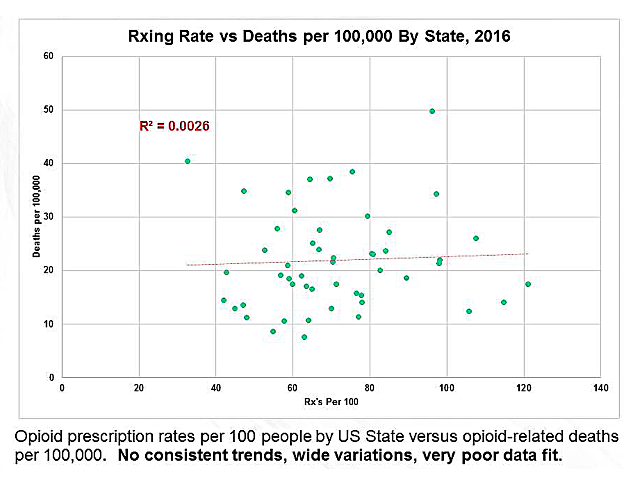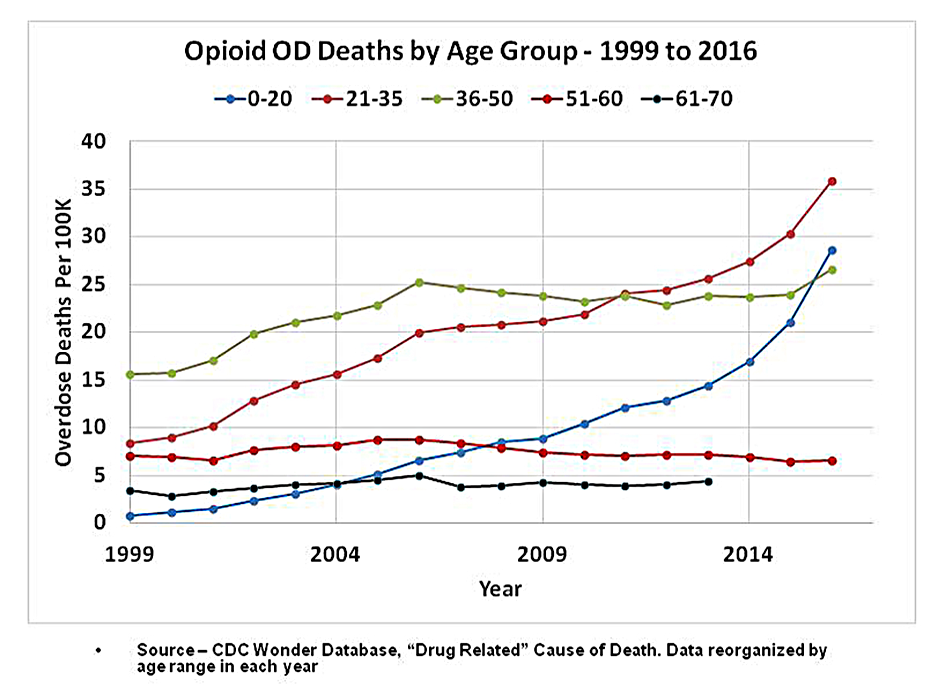HHS Cuts Signal Seismic Shift in Public Health Policy
/By Simon Haeder
Department of Health and Human Services Secretary Robert F. Kennedy, Jr. recently announced plans to dramatically transform the department. HHS is the umbrella agency responsible for pandemic preparedness, biomedical research, food safety and many other health-related activities.
In a video posted last week, Kennedy said the cuts and reorganization to HHS aim to “streamline our agency” and “radically improve our quality of service” by eliminating rampant waste and inefficiency. “No American is going to be left behind,” the health secretary told the nation.
As a scholar of U.S. health and public health policy, I have written about administrative burdens that prevent many Americans from accessing benefits to which they are entitled, including those provided by HHS, like Medicaid.
Few experts would deny that the federal bureaucracy can be inefficient and siloed. This includes HHS, and calls to restructure the agency are nothing new
Combined with previous reductions, these cuts may achieve some limited short-term savings. However, the proposed changes dramatically alter U.S. health policy and research, and they may endanger important benefits and protections for many Americans. They may also have severe consequences for scientific progress. And as some policy experts have suggested, the poorly targeted cuts may increase inefficiencies and waste down the line.
What HHS Does
HHS is tasked with providing a variety of public health and social services as well as fostering scientific advancement.
Originally established as the Department of Health, Education, and Welfare in 1953, HHS has seen substantial growth and transformation over time. Today, HHS is home to 28 divisions. Some of these are well known to many Americans, such as the National Institutes of Health, the Food and Drug Administration and the Centers for Disease Control and Prevention. Others, such as the Center for Faith-Based and Neighborhood Partnerships and the Administration for Community Living, may fly under the radar for most people.
HHS oversees Medicare, through which 68 million Americans, primarily adults age 65 and older, receive health insurance benefits. Richard Bailey/Corbis Documentary via Getty Images
With an annual budget of roughly US$1.8 trillion, HHS is one of the largest federal spenders, accounting for more than 1 in 5 dollars of the federal budget.
Under the Biden administration, HHS’s budget increased by almost 40%, with a 17% increase in staffing. However, 85% of that money is spent on 79 million Medicaid and 68 million Medicare beneficiaries. Put differently, most of HHS’ spending goes directly to many Americans in the form of health benefits.
Layoffs Affect 25% of HHS Workforce
From a policy perspective, the changes initiated at HHS by the second-term Trump administration are far-reaching. They involve both staffing cuts and substantial reorganization.
Prior to the March 27 announcement, the administration had already cut thousands of positions from HHS by letting go probationary employees and offering buyouts for employees to voluntarily leave.
Now, HHS is slated to lose another 10,000 workers. The latest cuts focus most heavily on a handful of agencies. The FDA will lose an additional 3,500 employees, and the NIH will lose 1,200. The CDC, where cuts are steepest, will lose 2,400 positions.
In all, the moves will reduce the HHS workforce by about 25%, from more than 82,000 to 62,000. These changes will provide savings of about $1.8 billion, or 0.1% of the HHS budget.
Along with these cuts comes a major reorganization that will eliminate 13 out of 28 offices and agencies, close five of the 10 regional offices, reshuffle existing divisions and establish a new division called the Administration for a Healthy America.
In his latest message, Kennedy noted that this HHS transformation would return the agency to its core mission: to “enhance the health and well-being of all Americans”. He also announced his intention to refocus HHS on his Make America Healthy Again priorities, which involve reducing chronic illness “by focusing on safe, wholesome food, clean water and the elimination of environmental toxins.”
‘Painful Period’ for HHS
Kennedy has said the HHS overhaul will not affect services to Americans. Given the magnitude of the cuts, this seems unlikely.
HHS reaches into the lives of all Americans. Many have family members on Medicaid or Medicare, or know individuals with disabilities or those dealing with substance use disorder. Disasters may strike anywhere. Bird flu and measles outbreaks are unfolding in many parts of the country. Everyone relies on access to safe foods, drugs and vaccines.
The plan to restructure HHS will trim its budget by 0.1%.
In his announcement, the health secretary highlighted cuts to HHS support functions, such as information technology and human resources, as a way to reduce redundancies and inefficiencies. But scaling down and reorganizing these capacities will inevitably have implications for how well HHS employees will be able to fulfill their duties – at least temporarily. Kennedy acknowledged this as a “painful period” for HHS.
However, large-scale reductions and reorganizations inevitably lead to more systemic disruptions, delays and denials. It seems implausible that Americans seeking access to health care, help with HIV prevention or early education benefits such as Head Start, which are also administered by HHS, will not be affected. This is particularly the case when conceived rapidly and without transparent long-term planning.
These new cuts are also further exacerbated by the administration’s previous slashes to public health funding for state and local governments. Given the crucial functions of HHS – from health coverage for vulnerable populations to pandemic preparedness and response – the American Public Health Association predicts the cuts will result in a rise in rates of disease and death.
Already, previous cuts at the FDA – the agency responsible for safe foods and drugs – have led to delays in product reviews.
Overall, the likelihood of increasing access challenges for people seeking services or support as well as fewer protections and longer wait times seems high.
Fewer Benefits and Services
The HHS restructuring should be viewed in a broader context. Since coming to office, the Trump administration has aggressively sought to reshape the U.S. public health agenda. This has included vast cuts to research funding as well as funding for state and local governments. The most recent cuts at HHS fit into the mold of rolling back protections and reshaping science.
The Trump administration has already announced plans to curtail the Affordable Care Act and roll back regulations that address everything from clean water to safe vaccines. State programs focused on health disparities have also been targeted.
HHS-funded research has also been scaled back dramatically, with a long list of projects terminated in research areas touching on health disparities, women’s and LGBTQ-related health issues, COVID-19 and long COVID, vaccine hesitancy and more.
The HHS reorganization also revamps two bodies within HHS, the Office of the Assistant Secretary for Planning and Evaluation and the Agency for Healthcare Research and Quality, that are instrumental in improving U.S. health care and providing policy research. This change further diminishes the likelihood that health policy will be based on scientific evidence and raises the risk for more politicized decision-making about health.
More cuts are likely still to come. Medicaid, the program providing health coverage for low-income Americans, will be a particular target. The House of Representatives passed a budget resolution on Feb. 25 that allows up to $880 billion in cuts to the program.
All told, plans already announced and those expected to emerge in the future dramatically alter U.S. health policy and roll back substantial protections for Americans.
Regulation has emerged as the most prolific source of policymaking over the last five decades, particularly for health policy. Given its vast responsibilities, HHS is one of the federal government’s most prolific regulators. Vast cuts to the HHS workforce will likely curtail this capability, resulting in fewer regulatory protections for Americans.
At the same time, with fewer experienced administrators on staff, industry influence over regulatory decisions will likely only grow stronger. HHS will simply lack the substance and procedural expertise to act independently. More industry influence and fewer independent regulators to counter it will also further reduce attention to disparities and underserved populations.
Ultimately, the Trump administration’s efforts may lead to a vastly different federal health policy – with fewer benefits, services and protections – than what Americans have become accustomed to in modern times.
Simon F. Haeder, PhD, is an Associate Professor of Public Health in the Department of Health Policy & Management in the School of Public Health at Texas A&M University.
Dr. Haeder studies the politics and policies surrounding health access issues, with a particular focus on health access for vulnerable populations, the impact of provider networks on health access, and school-based health access.
This article was originally appeared in The Conversation and is republished with permission.









